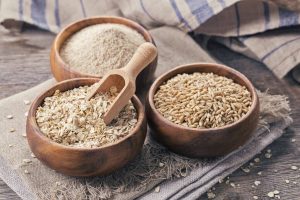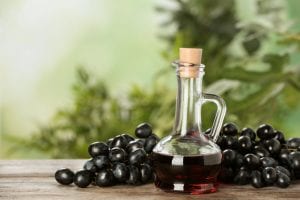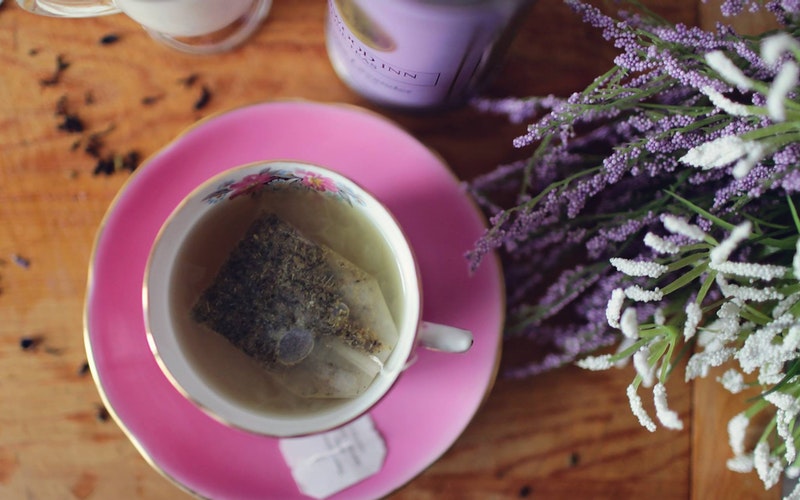
Nothing is more relaxing than a good cup of tea. To many, it doesn’t matter if they came in a tea bag or if it’s steeped in loose leaf tea. The majority of tea lovers will tell you differently and say that the use of tea bags has been significantly easier and mobile-friendly. On the other hand, certain tea connoisseurs will insist that the tea bag is inferior to the traditional steeping process of whole leaf tea. There are big debates about which is better, but we’re here to shed some light on the famously favored way tea is made. Yes, you’ll get to learn all about the tea bag!
A tea bag is a small, porous sealed bag that holds ground or whole tea leaves. They’re used to help steep the tea leaves to brew either a cup or a pot of warm tea. The bags also often come with a string attached to help the steeping process along. It’s the most popular way to make tea and is considered a standard in most homes.
Several teas produced today cover a lighter, more one-dimensional flavor. This is due to the CTC (or the cut-tear-curl) method during production in warehouses. It’s why many tea connoisseurs still swear by loose leaf tea to boil in one big pot for maximum flavor. But tea bags have developed in shape, size, and flavor for many years. And it all started with two varying histories that have changed the game for tea drinkers.
How The Tea Bag Came To Be
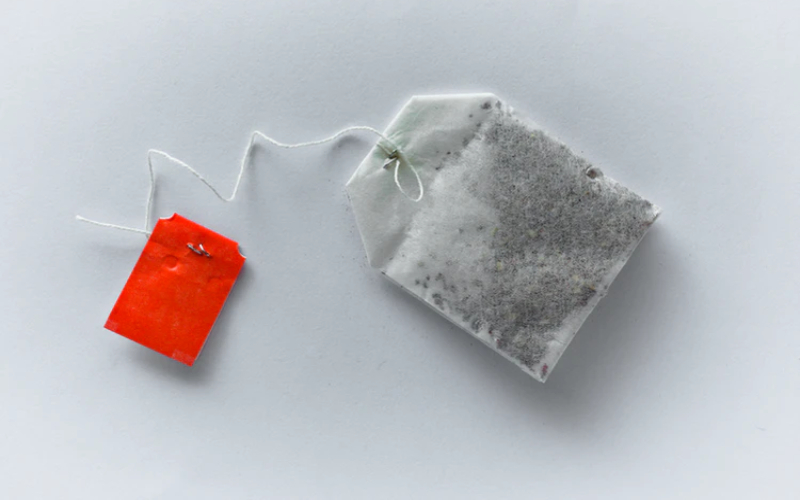
There are actually two accounts on who invented the tea bag.
The first was in 1901 when two Milwaukee women by the name of Roberta Lawson and Mary Molaren filed a patent for a “tea leaf holder”. They believed that it was high time someone found a way to brew a single cup of tea without having to make a whole pot. Their tea leaf holder uses a stitched mesh fabric, which holds the tea leaves together. This helped prevent any leaves from being consumed, but at the same time, still hold the same flavor you’d get from a traditionally brewed pot.
It was ingenious, to say the least. The same ingenuity could be said about tea importer Thomas Sullivan, who, in 1908, “accidentally” invented the tea bag. He had sent out samples to his customers in silk pouches, but he didn’t inform them to take the tea leaves out of the pouch. Instead, his clients placed the silk bag with the tea right into the hot water. It surprised them when it worked tremendously and was more convenient from having to scoop tea leaves from tins.
But regardless of who really started it, it is safe to say that Sullivan, Lawson, and Molaren created a new era for how tea is made. They’ve made a huge difference in the game of brewing a single cup of tea, and it was no surprise that many others followed. The tea bag started off simple, but it went through several developments before it became the filter paper many tea companies use today.
The Tea-rrific Evolution Of Tea Bags
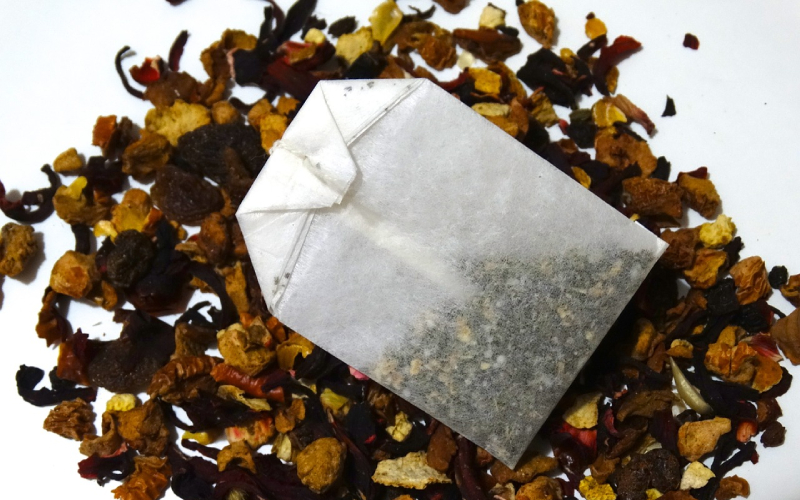
Eventually, people moved on from silk bags when Sullivan created tea bags made from gauze. They became so popular that many tea bag companies in the United States started imitating this new innovation in the 1920s. Some more innovative tea bag producers even tried to improve on the invention by using materials like perforated paper, cheesecloth, and cellophane.
1930s: Machine Produced Tea Bags and The CTC Method
A major breakthrough occurred in the 1930s when William Hermanson patented the very first heat-sealed paper fiber tea. This changed the game in production from hand-sewn tea bags to machine produced ones. The market for these easier made tea bags skyrocketed the production of tea bags, and it hasn’t stopped there.
Sometime in 1931, the process of how tea leaves are made in bags changed when William McKercher invented the CTC method. CTC or “crush, tear, curl” – is a method where rather than the usual rolling and twisting the leaves, a machine does the job of cutting these leaves into finer pieces. It was a convenient method to fill the tea bag. On top of that, this new process of produced pebbly granules that were also quicker to brew and stronger in flavor.
1940s: The First Square Tea Bag
With that easier way to get tea into tea bags, later in 1944, Tetley Tea, a famous English tea company, then invented the first square tea bag. Their production then rapidly sped up after they developed a machine that could stitch 40 tea bags per minute. That’s about quicker than any hand-sewn tea bag if we ever did see one!
1950s: Lipton Tea’s Flo-Thru Bag
But Lipton tea company was not about to be outshined. In 1952, they innovated the flo-thru bag which helped the water come into contact better with the tea while steeping. It also helped the tea leaves to expand in the bag, extracting more flavor in the process. Their four-sided, flow-through paper tea bag was the first of many more developments in the pronounced tea bag.
1990s: More Shapes – Round Tea Bag and Pyramid Tea Bag
Many years in, by 1992, Tetley Tea made a comeback with their round tea bag. This new tea bag became popular as it produced more tea that suited large mugs compared to servings in dainty teacups. They also got rid of the attached tea bag strings and paper tags greatly helped in reducing packaging waste.
The last of many innovative tea bag shapes came in 1997 from Brooke Bond, the parent company of the UK’s PG Tips. They designed their pyramid tea bag to allow tea leaves more 50 percent more breathing (and moving) room than the usual. This tall pyramid shape produces a more well-infused drink and was similarly used for bigger mugs and teapots to help yield more tea.
What Are Tea Bags Made Of Today?
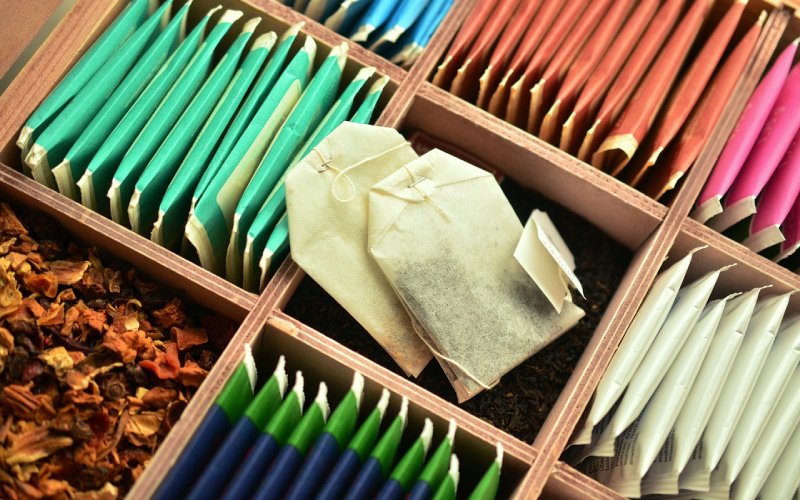
With decades of tea evolution, we can say that tea bags are a combination of many materials before it. The majority of tea bags today are now made with filter paper or food-grade plastic the way Lipton does theirs. Though more expensive and high-quality tea bags use silk cotton or silk, just like how Sullivan sold his tea leaves. They’re then stored in separate little packets for single-use, or sold in tea tins for fresher storage.
Tea bags today also commonly have cotton strings attached to the bag. They’re called string-and-tag tea bags, in which the strings are either hot pressed or stapled to the bag. The string is incredibly helpful for gently steeping the tea, and easier to pluck out once the tea bag does its job.
These strings are also often attached to a little paper on the other end with the company’s brand name or the tea name written on it. But there are some tea bags, like the round tea bag, that don’t require these cotton strings. You can simply place them into mugs and cups and scoop the bags out with a spoon when done steeping.
There isn’t really a right or wrong tea bag to use. Whether you’re using rounded, pyramid, or even cubed – they’ll all give you the steeping method of your choice. There are many ways in steeping tea, but we’re about to show you how to steep tea the right way!
The Perfect Cup Of Tea

If you’re wondering how much tea is in a tea bag—the answer may depend on the company that produces them. But on average, one tea bag should weigh about 2 grams of tea, enough to make one 8 oz cup. Although this will vary depending on who’s selling them, especially if there are any special additions other than the leaves like flowers.
The weight of the tea may also be different if it contains caffeine. Premium loose leaf pyramid tea bags usually contain around 3 grams of tea, a touch heavier than your average tea bag. With such delicate amounts in one tea bag, it’s important to know how to brew them correctly.
There are various claims on how to make tea the right way. Many tea lovers will say that plopping your bag right into a pot of boiling hot water works. Others consider waiting a few more minutes before adding the tea bag to lukewarm water. But the right way is a good in-between from those two methods. Here’s how:
How To Make Tea The Right Way
Use the right water.
In this case, freshly drawn cold water will give you a more tasteful cup of tea. Do not reboil old water from when you were trying to make your last tea. Instead, use filtered cold water to help your tea flavors develop.
Do not pour in boiling hot water.
Not only will this agitate your tea leaves, but it will scald the delicate leaves, leaving you with a bland cup. For proper infusion, let your boiled hot water rest for a good 2 minutes before pouring them into your cup. This temperature will gently release the flavors and give you the most flavorful cup.
Let it brew.
We know you’re excited to get a taste of your favorite tea, but it’s important to give it time to infuse! It is best to follow the brewing instructions from the box, especially if it’s a specified tea like Green Tea, Earl Grey, English Breakfast, and more. But the common optimal time for steeping should be about 2 to 3 minutes, and longer if you prefer a stronger mix.
Don’t let it steep for too long.
We all know others prefer a stronger tea, but there is such a thing as too strong. You want to appreciate each flavor note of your desired tea, and a little too much of it might just ruin it for you. As soon as you’ve reached the exact time that the tea is finished steeping, remove the tea bag immediately.
Reuse your tea bag once or twice.
We know our penny-pincher friends have a habit of reusing tea bags for drinking. But did you know that to get the best flavor, it’s best to reuse it just two more times? After the first cup, you’ll lose the best flavor and strength of your tea. When stored right, you’ll still get good flavors on the second and third cup. But you’ll be left with a bland taste after the fourth.
Once you follow those easy steps and their little tips, you’re bound to get a smooth, flavorful cup of tea that you can enjoy anytime. If you are, however, planning to reuse your tea bags for a second or third cup, a great way to keep the flavor is storing them properly. We recommend placing your used tea bag in a shot glass filled with water. Then place it at room temperature or in the fridge, as it helps prevent the growth of bacteria. It’s also best to make use of it only hours later, and no more than 24 hours.
Remember, tea bag isn’t imperishable, it will go bad if you save it for too long. But that’s why we have a couple of tricks up our sleeve that’ll help you use your tea bag in a non-drinking way.
Creative Ways To Use Used Tea Bags
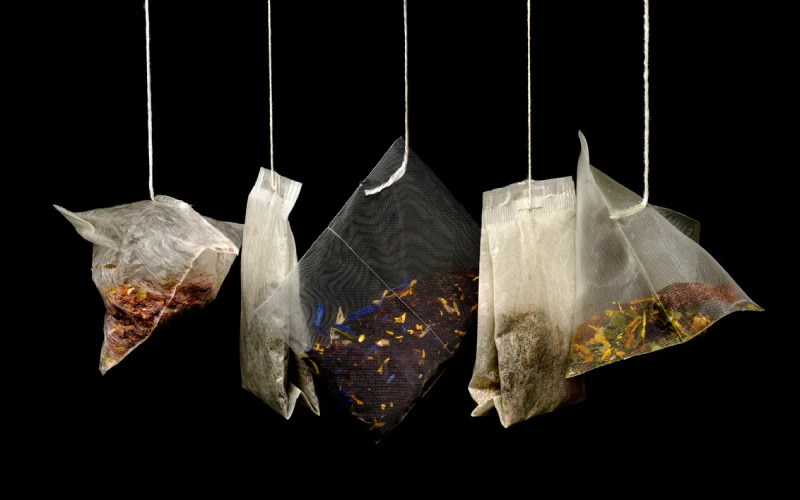
You were probably sad to hear that tea bags are only good to drink after the third cup. But don’t throw away that used tea bag just yet! We have a couple of innovative ways to reuse them without consumption.
Tea Bags are Good for Your Eyes.
Tea has caffeine and tannins that helps to shrink and tighten the tissues like your skin. Or in this case, help reduce the puffiness and dark circles under your eyes. To do this, simply place your used tea bag in the fridge to cool. Once it’s cold, but still slightly damp, gently place one bag on each eye. Then let it sit there for 20 minutes. It’s just as refreshing as using a cucumber, but at least you’re not wasting fruit in the process!
Tea Tannins Sooth Sunburns.
The tannins found in tea helps to reduce inflammation, which is exactly what you need for a painful sunburn. Black tea is mostly used for this method because of their high tannin concentration, but you may also choose whichever tea you may have on hand. To soothe your sunburns, soak your used bag of tea in either warm or room temperature water. After allowing them to soak, gently apply the bag onto the inflamed area for a few minutes. You may also use a soft towel to dip into the water where the tea has soaked and press it gently on your sunburn.
Tea Bags Absorb Odors.
This is especially helpful for when you need to get rid of any funky smells from the fridge! To use it in the fridge, simply place your used tea bags in a small bowl and leave it uncovered. It can keep your fridge smelling fresh for up to 3 days by removing unwanted smells of fish and spoiled food.
Take a Tea Bath.
Tea is also rich in antioxidants, making it an inexpensive little skincare hack to soothe your skin. For this trick, we recommend using green tea. Just pop a few of your used tea bags into your tub filled with warm water. Let it steep for 15 to 20 minutes, then take them out. And voila, you’re free to soak in all that detoxifying liquid!
Tea Bags are Great for Plants.
You can also use your bag of tea as a natural fertilizer, pest deterrent, and fungus fighter! Brewing a weak tea from the used bag is a great way to create a natural liquid fertilizer. It’s also one that keeps the fungi away. To get rid of those nasty pests from your plants, simply bury the used bag under a bit of soil for the natural aroma to do its job.
There are several more ways to make use of those soaked up bags of tea. But these are just some of our favorites that we know you’ll love! You’ll no longer have to waste those bags after the first three cups with those simple tricks.
The Bottom Of The Tea Pot
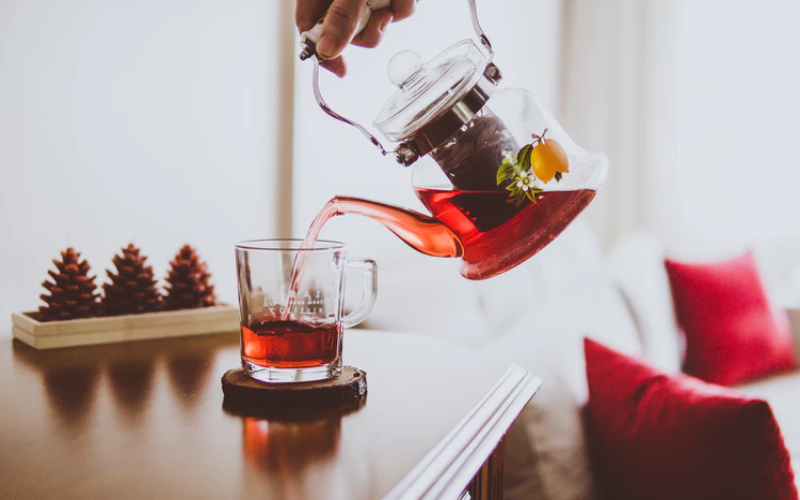
These days, tea bags come in various types of holders. Many follow the way Lipton tea company made their flo-thru bag. This is through the use of filter paper, cotton muslin, or use food-grade plastic or known as “silken bags”. Then they’re either sealed with glue, stapled, or sealed at the edges with a food-safe cotton string. A paper tag is also attached to show the tea brand or flavor. It’s definitely a clever invention that brought a whole new market to tea.
Even with the CTC method, there are still many tea purists that prefer their whole tea leaves in tins. And that’s alright! Everyone is free to enjoy their tea how they like. But we cannot deny that tea bags have really switched up the tea game. Especially with a whole new genre to tea with the rise of specialty tea made from single tea gardens. And not to mention the artisan tea which seems a great deal more special since they’re handmade, hand-picked, and are added with floral flavors to boot. You best believe there’s a tea company somewhere carrying those types of tea in bags!
We’re sure you’re probably thirsty from all those awesome tea bag facts! Make sure to check out some of our warming tea recipes afterward so you can brew the finest drink there is.
Was this page helpful?
Read Next: Cooking with Beer: 10 Beer Recipes To Try
